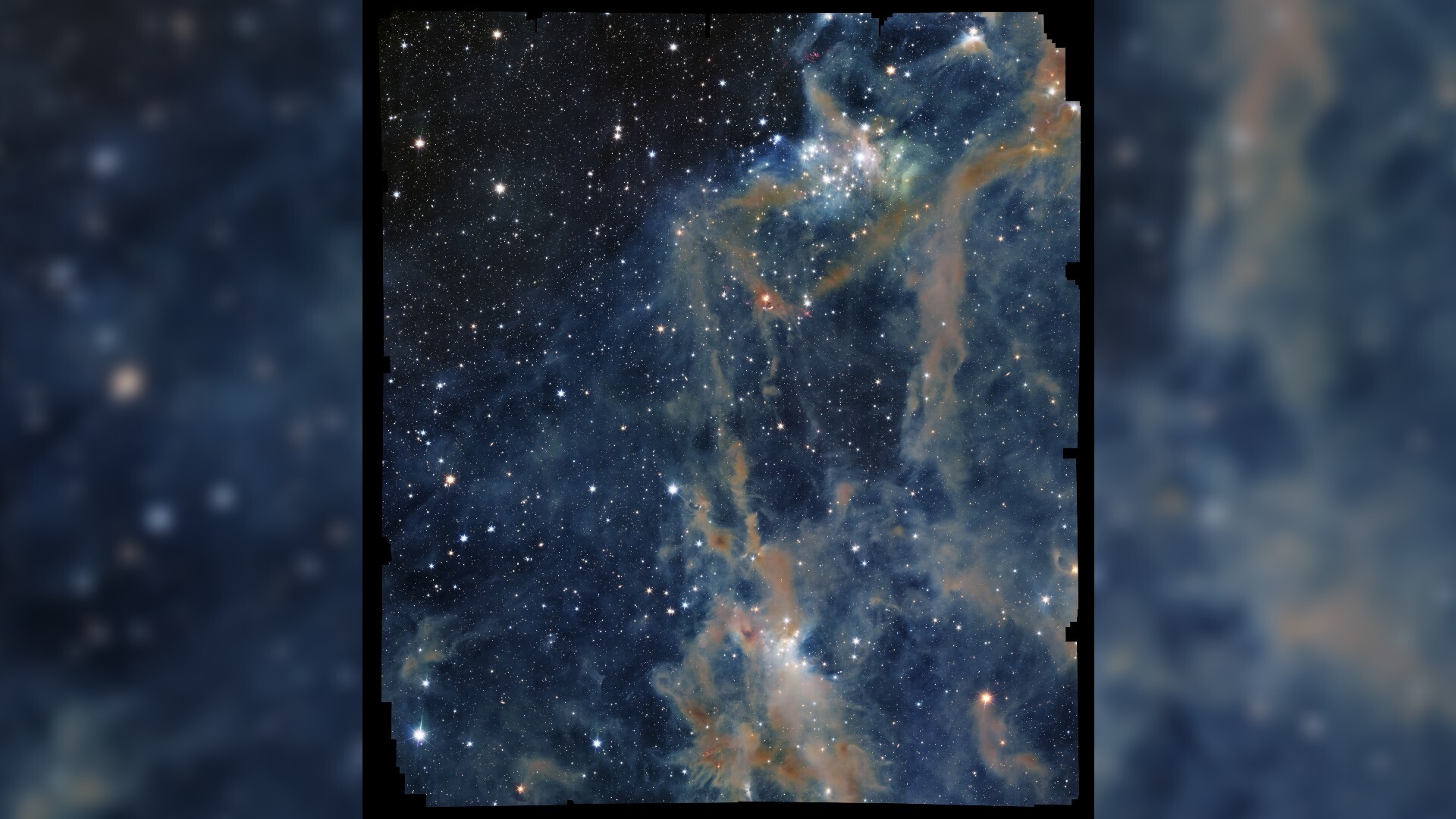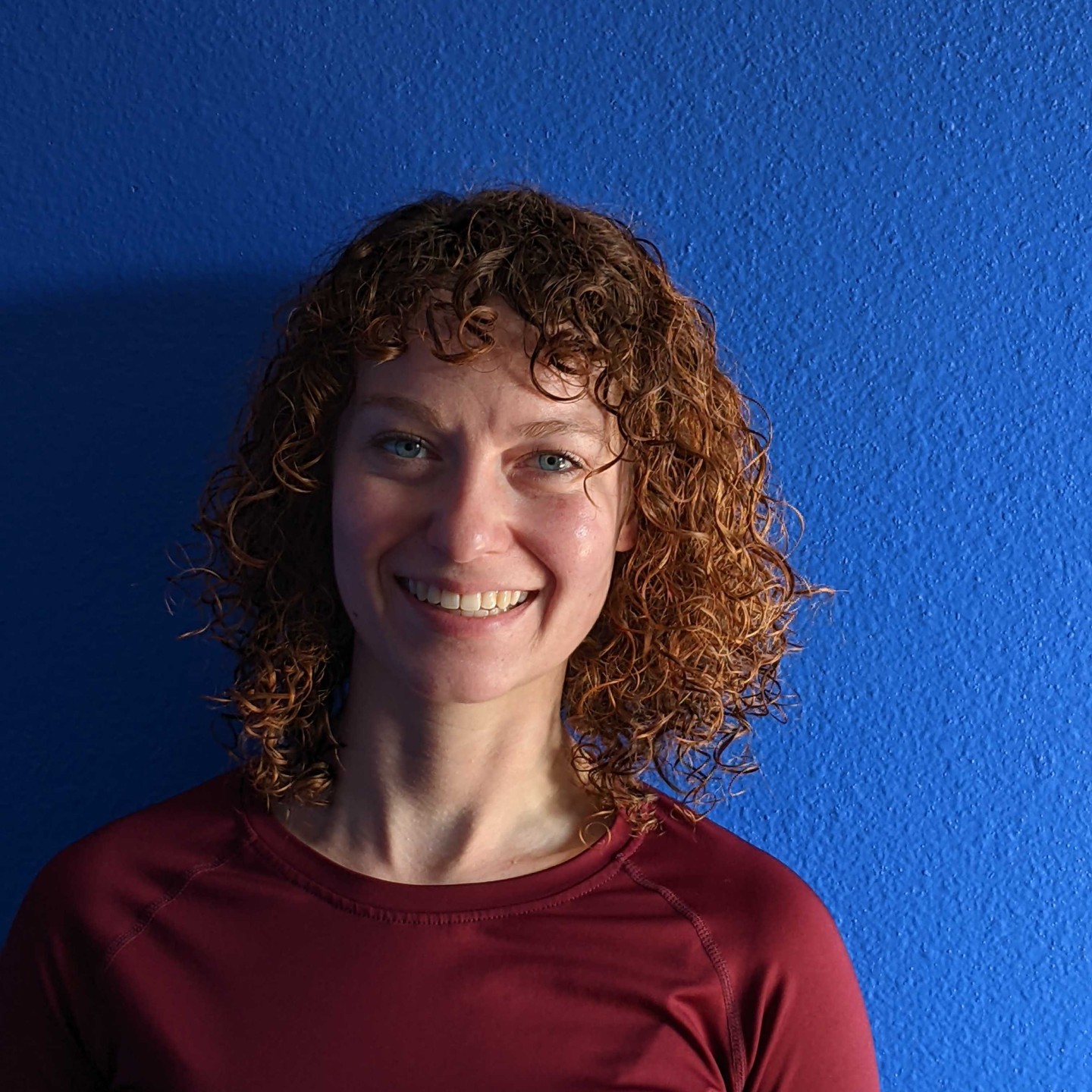Euclid space telescope sees gorgeous cosmic cloud | Space photo of the day for Nov. 18, 2025
This image shows Euclid's capability to explore both our cosmic neighborhood and the deep universe beyond.

A vast, star-forming cloud in the constellation Orion has been unveiled in stunning detail by the European Space Agency's Euclid Space Telescope, offering a rare look at the turbulent birthplace of young stars hidden behind curtains of cosmic dust. The new image captures a swath of the dark nebula LDN 1641, where dense pockets of interstellar gas are actively collapsing to form new suns.
What is it?
Euclid's primary task is bold and cosmological in scope: create the most extensive 3D map of the universe ever made, tracing billions of galaxies to uncover the influence of dark matter and dark energy, unseen forces shaping cosmic evolution. But along the way, the spacecraft is also returning exquisite views of objects much closer to home.
Where is it?
This dark nebula is located in the Orion constellation at roughly 1,300 light-years from Earth.
Why is it amazing?
For this observation, taken in all the way back in September 2023, Euclid was not yet in full survey mode. Instead, mission engineers used LDN 1641 to fine-tune the telescope's pointing system. They needed a region where traditional visible-light navigation stars would be scarce, and this dark cloud served perfectly. In under five hours, Euclid captured an image more than three times the size of the full moon on the sky, with extraordinary sharpness and depth across 0.64 square degrees.
The success of these pointing tests ensured that Euclid could lock onto its targets with extreme precision, a key step as it continues on its cosmic survey.
Want to learn more?
You can learn more about the Euclid Space Telescope and star formation.
Breaking space news, the latest updates on rocket launches, skywatching events and more!
Kenna Hughes-Castleberry is the Content Manager at Space.com. Formerly, she was the Science Communicator at JILA, a physics research institute. Kenna is also a freelance science journalist. Her beats include quantum technology, AI, animal intelligence, corvids, and cephalopods.
You must confirm your public display name before commenting
Please logout and then login again, you will then be prompted to enter your display name.
